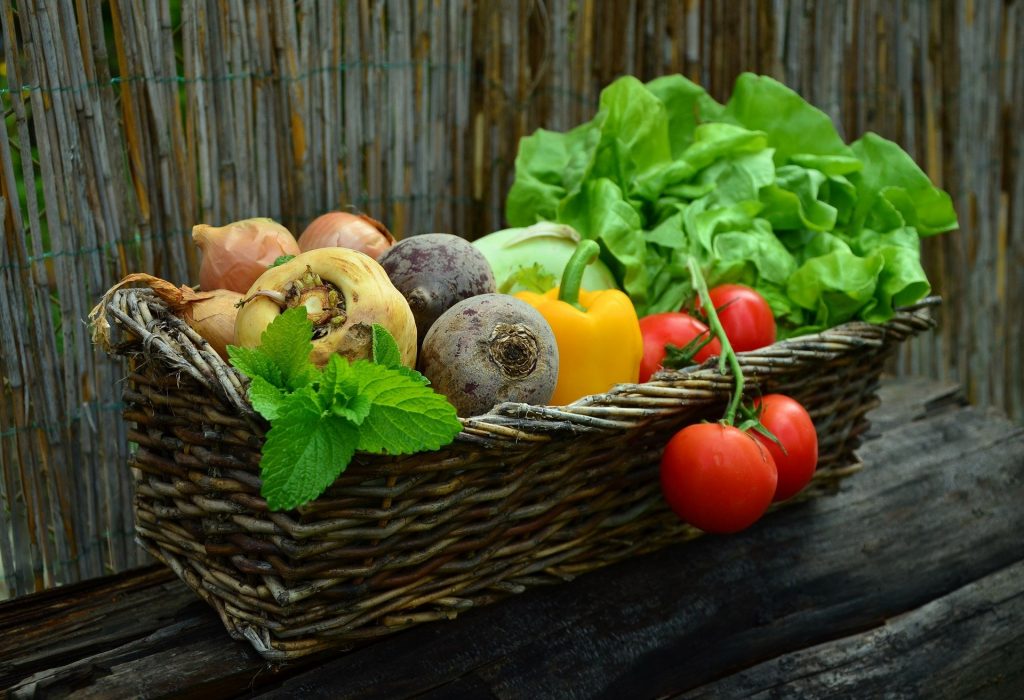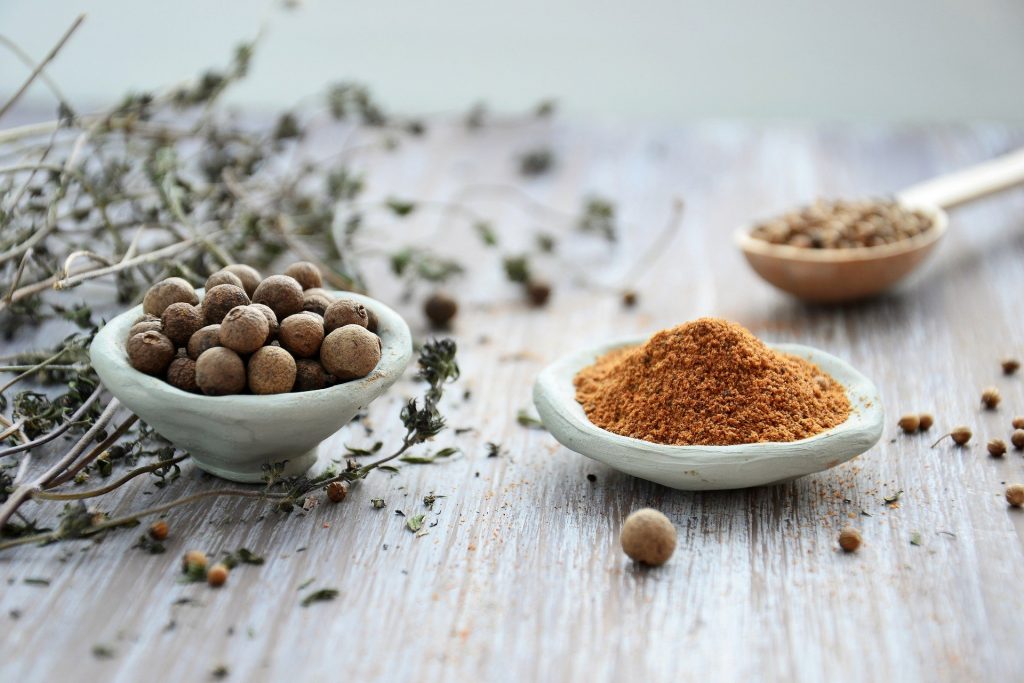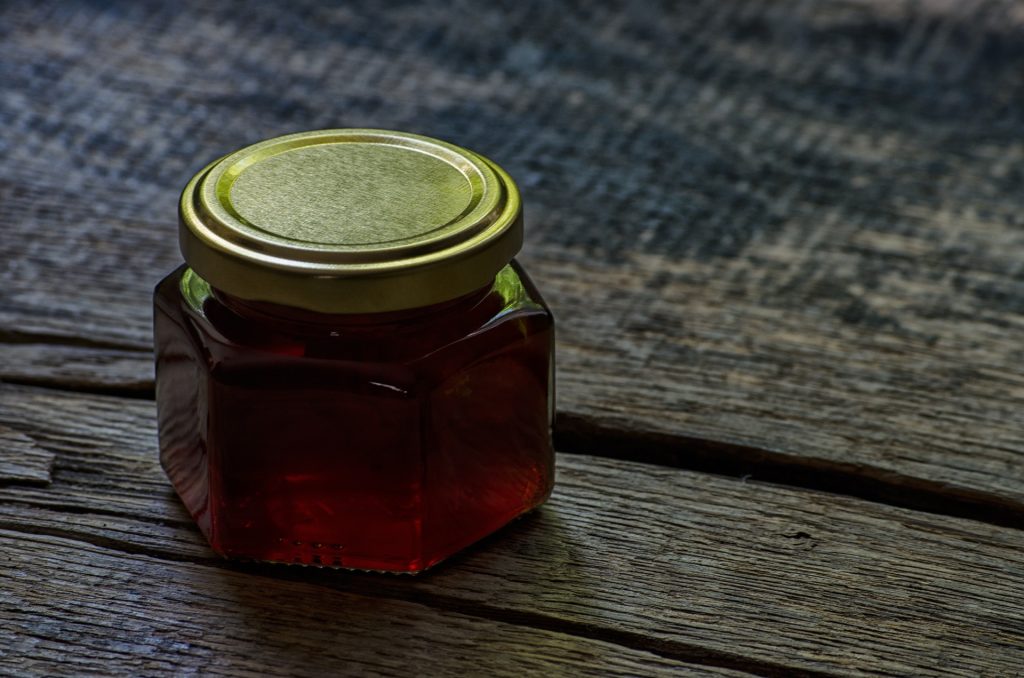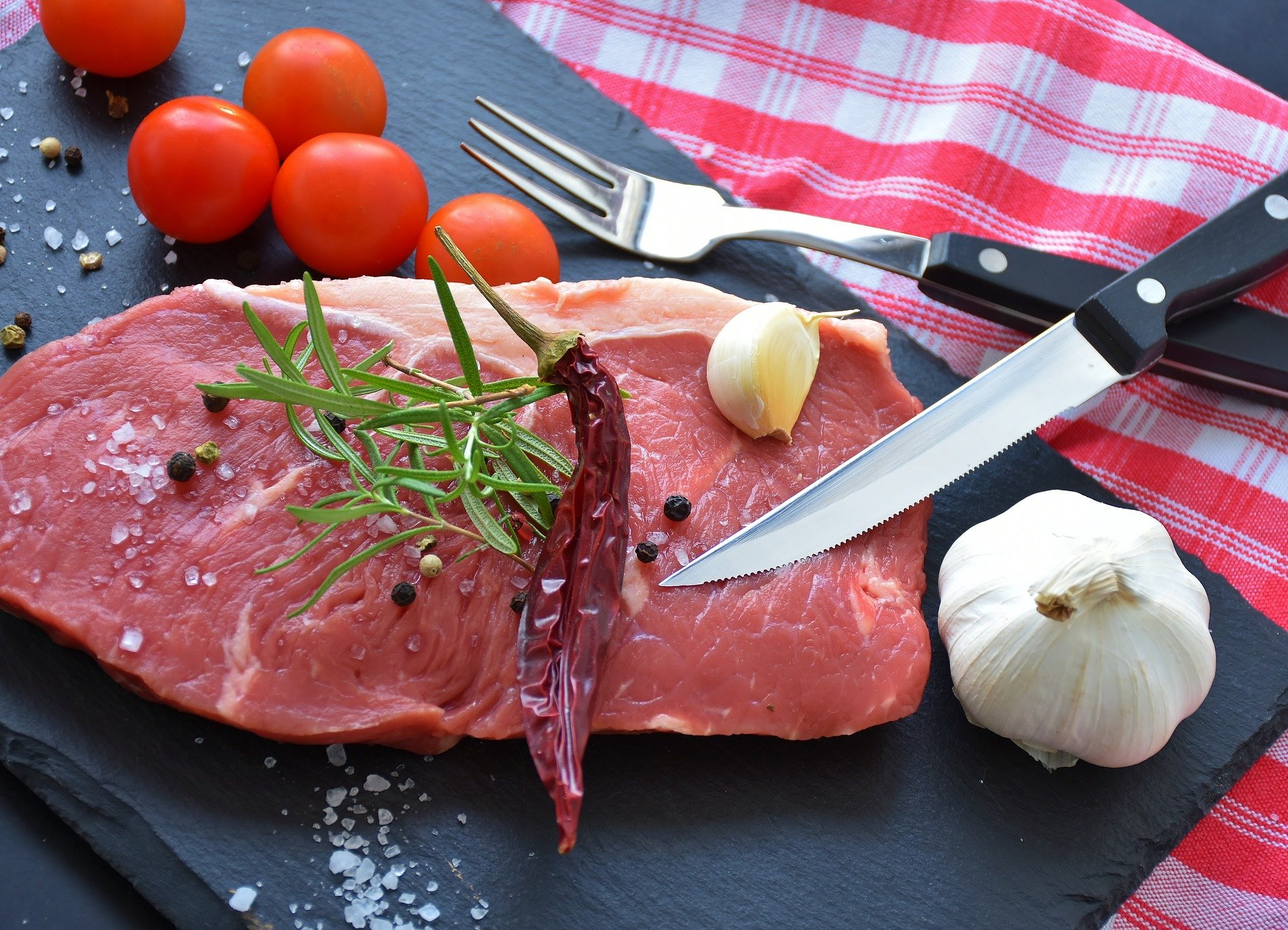There are many factors that influence a healthy life. Exercise, a positive mental attitude, sunshine and fresh air, adequate sleep.
But food is without a doubt the most universal.
It can be argued that you don’t need to exercise. And even people with horrible attitudes can live long lives. But you have to eat to survive. And today, more than ever, some purposeful forethought needs to go into the food choices we make.
Grocery store shelves are packed with manufactured products that just a generation ago would not have been identifiable as something designed for human consumption. Yet consume them we do. In obscene amounts.
And the effects of that overindulgence are driving our health into the ground. The most recent CDC figures put the US adult obesity rate at 42%. Forty-two percent! Almost half of the country’s adults are obese. Sadly, the childhood obesity rate is climbing as well, currently sitting at 18.5%.
While solving the obesity problem is a long, uphill slog on so many fronts, I believe one of the first steps of that journey starts with getting back to eating real, whole foods prepared at home.
According to this Business Insider article, the average American eats out 5.9 times per week. While dining out isn’t inherently bad, we do relinquish control of ingredients such as cooking oils, sauces, marinades, and flavor enhancers, even when we’re trying to make smart choices. Which, by the way, doesn’t happen as often as it should.
It’s Your Wiring
Making poor food choices isn’t entirely your fault. Your brain is wired to acquire calorie-dense food with as little energy expenditure as possible. It’s a built-in survival mechanism to help you weather periods of food scarcity. The idea is to get as big a return on your investment as possible.
This served our ancestors well when they were hunting and gathering their meals and working the land to put food on the table. But that same primal signaling can undermine your best efforts at steamrolling temptation through sheer willpower.
After all, what chance do you stand when Double Stuffed Oreos are constantly within arm’s reach? Or when you can pay just a bit more to supersize your portions? The mental wiring to combat food scarcity is still there, but – at least for those of us who live a life of simple privilege – that scarcity no longer exists.
Your only fail-safe against overindulgence is to remove yourself from the situation (don’t sit down in that restaurant so often) or to remove temptation from your vicinity (get the junk out of your house).
Try to limit eating out to special occasions, while getting into the habit of stocking your kitchen with wholesome ingredients. You can avoid many of the common pitfalls of poor dieting simply by setting yourself up for success from the beginning. And that means bringing the right things into your kitchen and getting the bad stuff out.
So how should you stock your kitchen? The short answer is with real food.
Protein

Pound for pound, protein packs the biggest punch when it comes to feeding your body essential nutrition. Try to keep plenty of different sources on hand, such as grass fed beef, venison, wild caught fish and other seafood, free range poultry, eggs, etc. Canned tuna and sardines are easy to stock for long storage.
Sufficient protein at each meal can help you maintain healthy levels of muscle mass, which has been shown to be a good predictor of longevity.
Healthy Fats

When it comes to fats and oils in the kitchen, do your best to avoid processed seed oils such as sunflower, safflower, soy, canola, corn, cottonseed, and anything hydrogenated. These polyunsaturated fatty acids (PUFAs) are easily oxidized, and their breakdown incites systemic inflammation and free-radical production.
Instead, use more stable fats such as olive oil, coconut oil, avocado oil, grass fed butter and ghee.
For a deeper dive into these fats and oils, I suggest checking out this page from Dr. Cate Shanahan’s site. She does an excellent job of breaking all this down.
Fresh Veggies

So now you have your protein and some healthy fat to cook it in. These 2 ingredients will make up the bulk of your nutrient density per meal. That is not to say they will dominate your plate, but relative to their serving size they will offer the most post-meal satisfaction and fullness.
But unless you’re going full carnivore, eating only meat can get pretty boring and can shortchange you on some essential micro nutrients. Rounding out your plate with a colorful array of veggies can fill in the gaps.
It is a bit cliche, but try to eat the rainbow. Each color of veggies supplies its own unique array of nutrients. Try to tip the scales in favor of non-starchy veggies like leafy greens, broccoli, and cauliflower. Add in root veggies like beets, carrots, radishes, and turnips. Starchier (sugary) veggies like corn, peas, and potatoes should generally be consumed more sparingly.
Herbs and Spices

Be sure to have plenty of herbs and spices on hand to lift up your meals. This is especially important if you’re trying to transition to healthier eating from the Standard American Diet, which is engineered with powerful flavor profiles to keep you coming back.
Healthy eating should be exciting, too. Using a suite of seasonings that awakens your taste buds can be the difference maker when it comes to sticking with your eating plan.
Some of my favorites are basil, rosemary, cilantro, ginger, cayenne, garlic powder, Chinese five spice, cinnamon, and curry. And don’t discount the impact of simply seasoning properly with salt and pepper.
Don’t be afraid to step out of your comfort zone and play around with some exotic spices. Venture into an Oriental, Indian, or Mexican grocer and ask for some suggestions. You just might stumble onto your new favorite dish.
Sweeteners

As you eliminate processed foods and your palate becomes less violated, you’ll find that you’ll require less sweeteners. Most people come to find a new appreciation for the sweetness of fresh fruit as a perfectly suitable dessert.
Of course you still may find the need for sweeteners, especially when baking. If you must use sweeteners, try to stick to natural sources like pure maple syrup or raw honey.
Refined sugars and artificial sweeteners can be like pests to your metabolism and can trigger additional cravings.
Get Creative
Cooking shouldn’t be intimidating. Nor should it be boring. Think of cooking like painting. Your protein is the canvas. Your stock of herbs and spices are like paints lined up on a pallet. Start mixing colors and see what you come up with. You might not produce a masterpiece, but I bet you’ll be surprised at how well you do.
Most of us tend to eat the same basic meals week to week. So if you can nail down just a handful of staple healthy dishes that you like, you’re doing pretty well. Start with a chicken breast, some bunless burgers, baked fish, a broiled steak. Season your food well, but don’t overcomplicate it. Add a side of veggies and you’re done.
Start simple and build your flavor profile as you require more variety. With a little practice, cooking at home can be more fulfilling, and tons healthier, than eating out.



